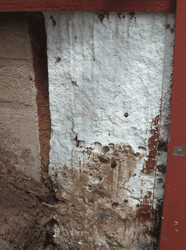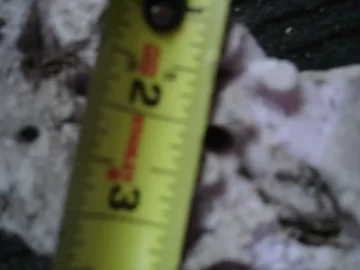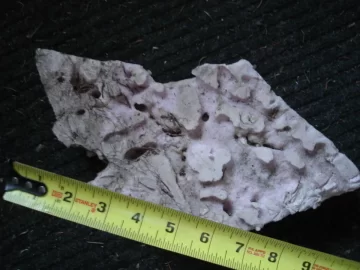Highbeam
Minister of Fire
Yes, that's a great site for this type of thing.
I used EPS and know the plant manager at the EPS factory so I was able to pick his brain. I am also a civil engineer and have used EPS as lightweight fill under roadways above gas mains and at railroad crossings. There is nothing at all wrong with putting EPS underground including those places where moisture may be present. 25 psi EPS is just as strong as the bearing capacity of most subgrades so strength is not an issue. Concrete, 6", only weighs 0.5 psi.
The trouble is when you wreck a truck and pour fuel into the foam. Then it shrinks. Probably happens with XPS too but I've never tried it.
I used EPS and know the plant manager at the EPS factory so I was able to pick his brain. I am also a civil engineer and have used EPS as lightweight fill under roadways above gas mains and at railroad crossings. There is nothing at all wrong with putting EPS underground including those places where moisture may be present. 25 psi EPS is just as strong as the bearing capacity of most subgrades so strength is not an issue. Concrete, 6", only weighs 0.5 psi.
The trouble is when you wreck a truck and pour fuel into the foam. Then it shrinks. Probably happens with XPS too but I've never tried it.



 up here. I found this, it's been on the ground for about two years as far as I can figure. Pink "foamular" Owens Corning 2" thick. These holes are a bit bigger than 1/4" scary as this is what's under my house.............. I have and will continue to spray pesticide 4' out around the entire house every month in the summer.
up here. I found this, it's been on the ground for about two years as far as I can figure. Pink "foamular" Owens Corning 2" thick. These holes are a bit bigger than 1/4" scary as this is what's under my house.............. I have and will continue to spray pesticide 4' out around the entire house every month in the summer.

